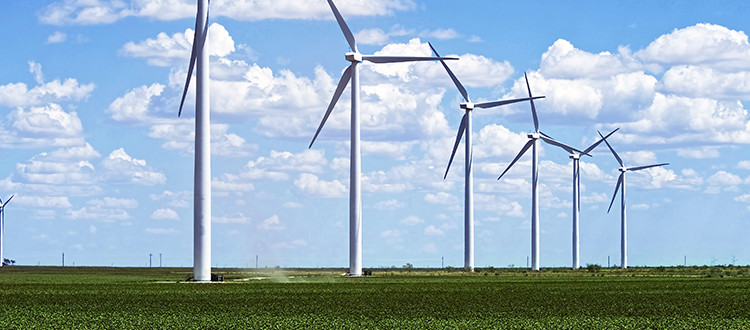Wind Energy Sources and Uses
Making Wind Work
Wind energy is probably the second-oldest form of energy used by people to make life go. The wind itself is something recorded throughout history as something both refreshing on warm days, and spooky on dark, cold nights. Wind moves clouds, but is dangerous during tornadoes and hurricanes. Wind has not been difficult for humans to harness, but with more sophisticated ways of getting energy, wind energy has become progressively easier to get, and to use.
Raw Wind Energy
When we think of raw wind energy, we think of wind energy used without the assistance of energy-producing wind turbines. Raw wind energy is the type of wind energy that has been used by people for the longest time. Long before books and digital records, people used ships outfitted with large sails to sail across bodies of water, initiating contact with other civilizations. This was widely used across countries and cultures, with the Vikings and European colonial powers using it to commute between nations. Oars were also used to gain extra speed and more precise steering, but sails did most of the work, and took people more places. Raw wind energy is still used to transport people from their origin to their destinations, and some competitive sports are popular. Wind sailing is a tradition that remains popular among boat owners, and windsurfing has become increasingly more popular with novice athletes and competitive surfers.
Windmills
Wind turbines are machines, however simple, that take wind energy in its raw form, and turn it into a different type of energy. The first wind turbines to use raw wind energy were wind mills. Wind mills are buildings topped with fan whose blades are usually made of cloth that has been treated, and stretched over wood. The wood can be decorated with carvings and/or paint, and the fan portion is attached to interconnected wheels. The wheels then produce energy. Whether the turning of the wheels pumps water from the ground, or helps to grind grains for bread or other food, windmills have been, and are, eco-friendly producers of energy.
Electricity-Producing Wind Turbines
Taking the original design and technology of windmills and modernizing the look and materials used, wind turbines have been around since the late 19th century. A little known fact about the advent of the wind turbine is that it started as a regular windmill. An inventor in the 1880s successfully created a windmill whose function was to charge a battery. These electricity-producing windmills spread quickly throughout Europe and the United States for smaller projects, most of which involved irrigating crops, but still more were developed for the purpose of providing electricity. Wind turbines developed over the course of the 20th century into the sleek, futuristic turbines that dot the hills of the Altamont Pass Wind Farm in Alameda County, California. While wind turbines have been met with mostly positive reviews, environmental and animal rights activists have expressed frustration with the fact that wind turbines disrupt ecosystems. Another area of concern is the well-being of birds who may fly too close to the turbines, injuring themselves, or being killed.

